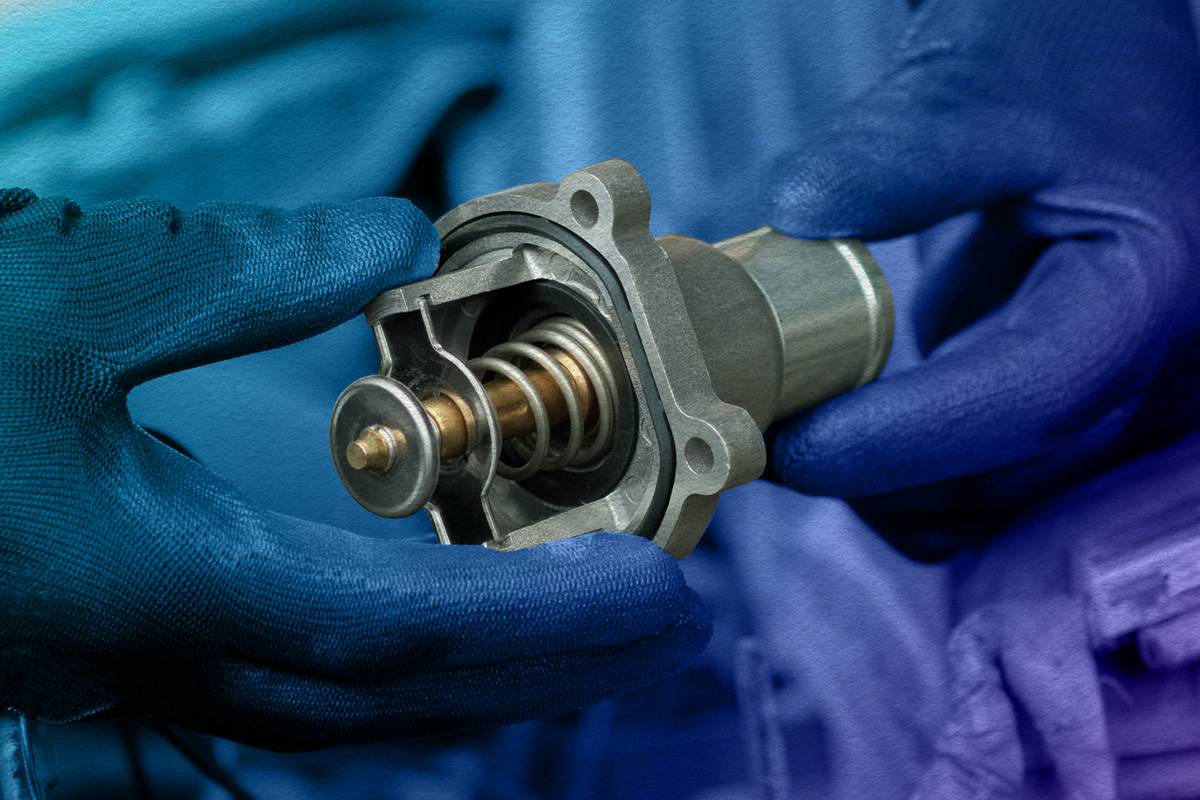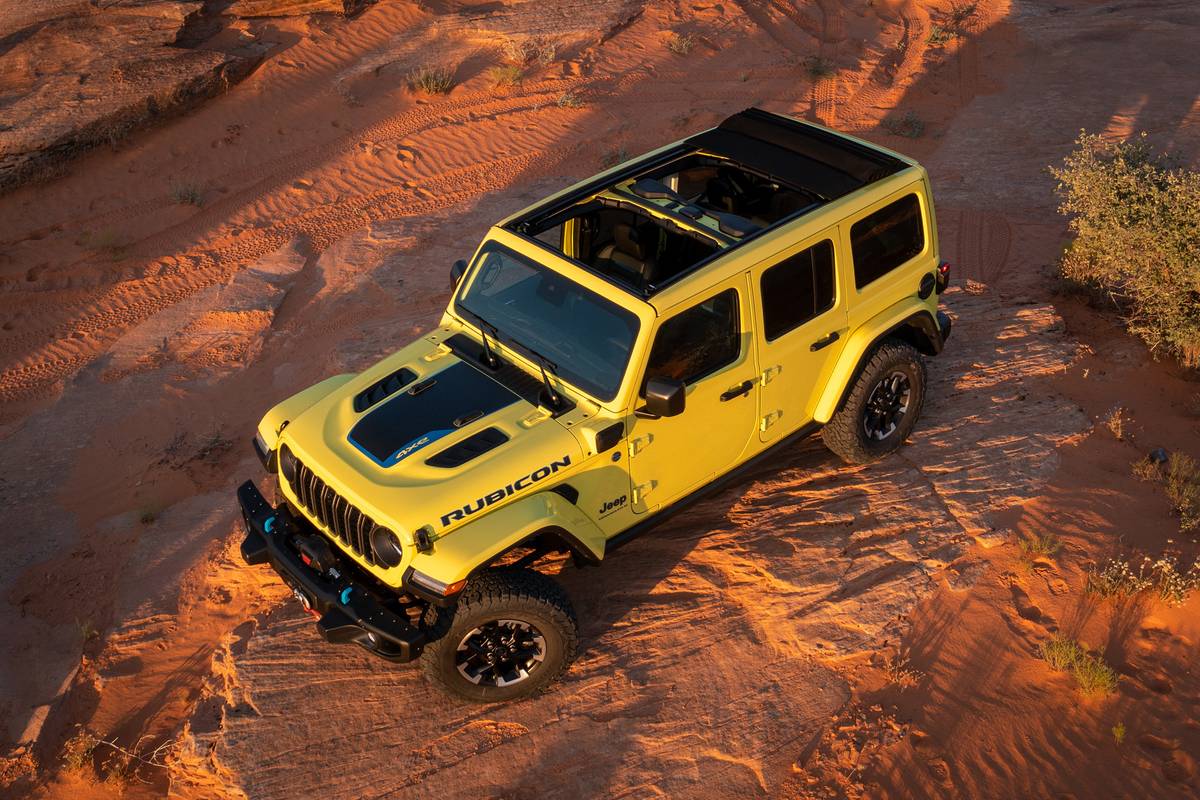KansasCity.com's view
The Impala is a proud Chevrolet name, and it has been associated with high-performance models since it was introduced on the 1958 Bel Air.
The Impala is a front-wheel-drive sedan targeted at buyers who want a sedan with good size, a reasonable price and a clever back seat that has hidden storage.
Changes for 2007 are relatively minor. Last year the Impala got redesigned front and rear fascias and a new interior.
By rounding the front, adding larger headlights and a simpler grille, designers gave the car a cleaner, more modern look. The full-width reflector and round taillights have been replaced with triangular lights integrated into the rear fender. The rear fascia is rounder as well.
The Impala is one of the few cars available with a bench front seat. The optional 40/20/40 front seat isn’t a bench in the traditional sense, but the center armrest of the middle section can be folded up to create a bench. The bottom half of the center section flips forward to reveal cupholders. My mother-in-law especially liked the bench seat because she likes to put her purse next to her as she drives.
There are four models: LS, LT, LTZ and SS. The LS and LT have a 211-horsepower, 3.5-liter V-6 while the LTZ gets the 3.9-liter, 242-horsepower V-6. The SS has 303 horsepower.
The 3.5-liter V-6 is compatible with E85 ethanol except for cars sold in California and the Northeast. Interestingly, the Environmental Protection Agency’s fuel economy ratings for this engine are 21 city and 31 highway on gasoline, and 16 city and 23 highway on ethanol. Ethanol’s lower energy content is the reason for the decreased mileage.
For 2007, active fuel management has been added to the 3.9-liter V-6 that shuts down half the cylinders when full power isn’t needed.
The Impala uses a four-speed automatic transmission, although many of its competitors have a five-speed.
The test car was an LT with a base price was $22,125.
The new instrument panel has softer, richer textures, a simpler design and vastly improved switches. The gauges themselves are uncomplicated and sophisticated. Buttons for the radio are wide and flat, while a large central knob is easy to operate even with gloves.
The dual-zone temperature controls are vertical wheels that weren’t as user friendly as a flat knob.
The front seats initially felt as if they needed more lateral support, but the longer I drove the car, the better they felt.
A new flip-and-fold rear seat has a covered storage area beneath the seat when the cushion is in its regular position. When the cushion is flipped forward, the seat back folds down to open a pass-through to the trunk.
Chevrolet created a stronger, more robust front structure to help reduce noise, vibration and harshness. The stiffer structure translates into improved steering response and better handling.
Coil-over springs and MacPherson front struts are tuned for a smooth ride. The steering is power-assisted rack-and-pinion.
The optional anti-lock, four-wheel disc brakes automatically compensate for a full load of passengers or cargo.
Price
The base price of the test car was $22,125. Options included anti-lock brakes and traction control, XM satellite radio, flip-and-fold rear seat and AM/FM stereo with auxiliary input jack. The sticker price was $22,885.
Warranty
Three years or 36,000 miles with a five-year, 100,000-mile powertrain warranty.
Latest news



